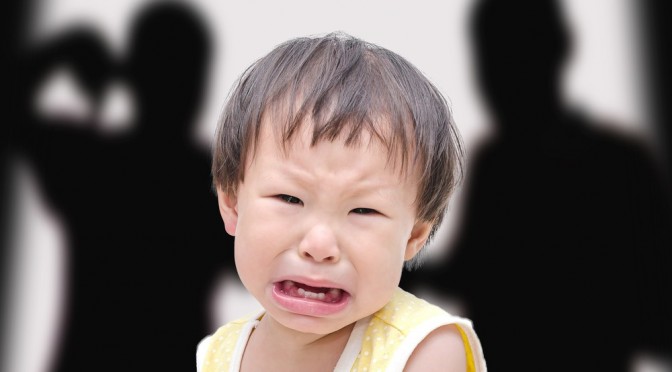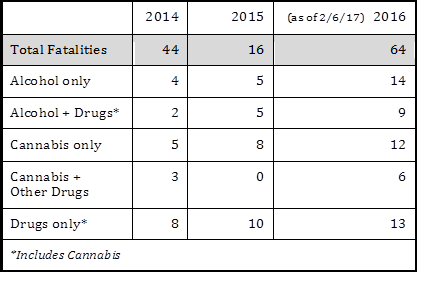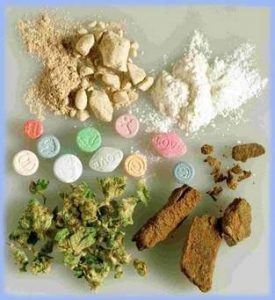Impaired babysitters are a new problem, as the laws across the country continue to advance the cause of marijuana legalization. About half the Americans now want to legalize the drug, because the marijuana lobbyists have invented the idea it is safer than alcohol. Their propaganda comes with a cost in terms of driving deaths and child deaths from abuse or neglect.
Impaired babysitters
One such instance happened in Palm Bay, Florida when babysitter Jacqueline Bjorndal used marijuana, alcohol, and meth at a party the night before she was supposed to watch a little girl. The following day she showed up to work and was instructed to not let the child go near the pool because she could not swim.
During the course of the day the child asked if she could go outside near the pool to pet the family pig to which Bjorndal said she could.
Minutes went by and there was no sign of the child anywhere so Jacqueline called her roommate over and they continued searching for another 20 minutes or so. Eventually, the roommate looked in the bottom of the dirty pool and saw the outline of the child.
Police reports say that there was a bunch of debris and hoses loosely scattered around the pool. The babysitter has been charged with Aggravated Manslaughter by Neglect of a Child. In the state of Florida if you are convicted of that charge you are likely to expect a: Minimum-mandatory 16 ¾ years in prison, you can receive up to Life in prison, Up to Life on probation & Up to $10,000 in fines.
Another babysitter Went Out to Smoke Pot
There was a case in San Diego where a teen-aged girl was hired to babysit a 16-month-old old toddler. While at the house, the baby was playing inside with his slightly over sister. The girl got a call from her aunt, stepped outside, and the two females smoked pot out in the car. The baby come out of the house and walked into the behind the car as the visitor’s car pulled away. The baby was killed. However, two California juries acquitted the babysitter. The sitter’s first error in judgement was thinking that she could leave the toddler out of her sight. We don’t know how much time she spent in the car, but smoking marijuana distorts time.
Both these horrendous deaths occurred because young people have been told marijuana is harmless.
Babysitter Ate Pot Cookies by Mistake
In another case in Palm Beach, Florida, the roles got reversed. The mother of the house had gone out and hired a babysitter for the evening and at some point she went into the refrigerator and ate one of the homemade cookies that were in there.
The cookies, unfortunately, had been laced with marijuana which caused the victim to start hallucinating.
The police report stated she felt like she was going to die and kept thinking that she had a brain tumor. The babysitter was taken to a hospital for treatment.
Police spoke to the mother and she said, of course, “that she had never seen the cookies before.” But, when police talked to the children they were aware to not eat the homemade ones but to only eat the store brand ones.
This is not just negligent because the babysitter got sick, it is also because the container was within the children’s reach. This was noted in the police report and relayed to the Department of Children and Families. Hopefully somebody will follow up with the case.
Trusted Sitter Believed in “Harmless Herb” Message in Missouri
Another instance occurred in St. Louis Missouri after a 10-month child was found with a fractured skull after the child care provider had left for the day. Katie Hartwig, 31, was arrested after the girl’s mother found her, “sleeping face down on a couch.”
Hartwig was no stranger to the family as she had been taking care of the baby for most of the past year. The family thought this was completely out of character for her.
“Our sweet baby Quinn was abused by her babysitter who was also our family friend. We are all so devastated and still in shock. Her skull was shattered by a person we cared for and trusted. She has a long recovery and between medical bill and time off work we would be so grateful for any help.”
Katie was arrested and charged with first-degree felony child abuse and misdemeanor counts of child endangerment and possession of marijuana and drug paraphernalia. The “reason” Katie gives for injuring the child is because she wouldn’t stop crying.
These are just a few examples of completely irresponsible behavior that cannot go on while raising or taking care of a child. Marijuana should not be around at all in a household especially when others can mistakenly gain access to it.
Child Abuse Deaths Have Been Caused by Babysitters who Toked

As of January 1, 2017 Parents Opposed to Pot traced 80 deaths to child abuse and neglect by parents or caregivers under the influence of marijuana. In three cases, the babysitters stopped paying attention when the children who died. In Florida, babysitters were the responsible party in two of the deaths by drowning. In California, a sitter left the toddler and went outside to smoke pot in the car of a visitor. But the 16-month-old boy wandered outside and was hit by the car when the visitor back out and left.
Many of the marijuana-related deaths, about 15% of them, occurred because of the mothers’ irresponsible or abusive boyfriends. It’s not clear how many of these were boyfriends who had been babysitters. However, we are creating a sad society in which a mother puts her precious baby in the care of irresponsible drug users. These deaths point to another reason we should caution people not to date marijuana users.
Children testing positive for THC
Recently in Nebraska a babysitter has been investigated after a child in her care tested positive for THC. The girl was taken to the emergency room where doctors determined that the 2-year-old was suffering from exposure to the psychoactive ingredient.
After the police investigated more into the matter it was discovered that the day care provider had baked marijuana brownies and used the same pan to make some cookies for the kids to eat throughout the day.
The babysitter was ticketed for suspicion of child abuse and the Nebraska Department of Health and Human Services issued an emergency order to close the daycare.
Whom do you trust?
When it comes to your family, you always want the best for them and that means choosing the right person to watch them when you are not around. We need to trust that teachers, babysitters and bus drivers would not put our kids in harm’s way.
Children’s minds are molded by what they experience in the household and if this type of behavior is displayed in front of them at an early age, they will begin to accept its normality.
While it is considered the norm to hire a neighbor or good friend you have known for awhile it is always important to really know a good amount about the person before letting them take care of somebody you love.
Today’s teens do not realize the consequences of smoking and then being around small children or infants. Many parents also don’t realize the problem.
The notion that marijuana is considered harmless has caused a number of tragedies and it leads babysitters (and other professionals) to believe that they are not impaired.








